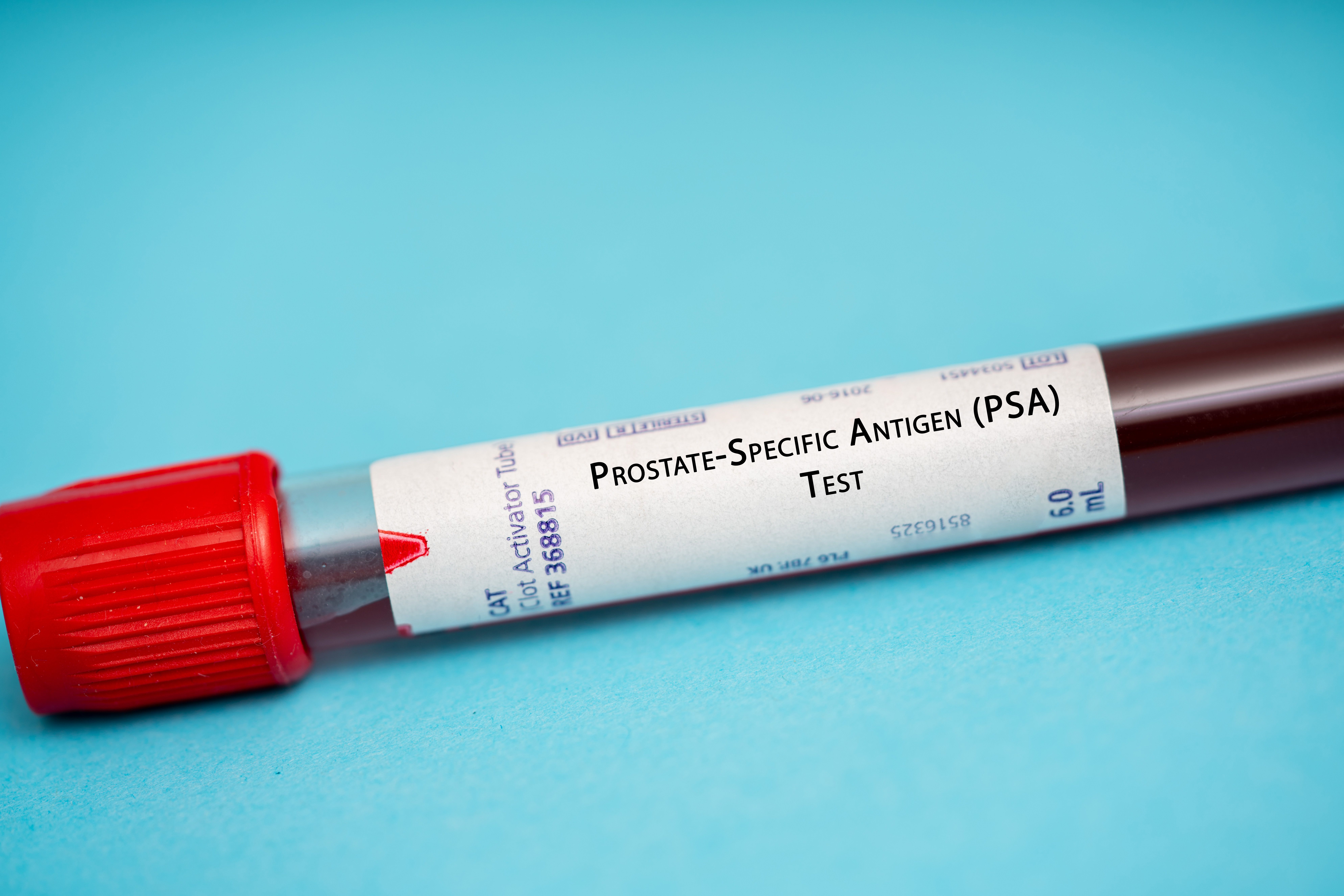Article
Adding Chemo to Standard Treatment is Beneficial in High-Risk Prostate Cancer
Author(s):
Adding the chemotherapy docetaxel to standard combination hormonal and radiation therapy boosted survival rates in patients with high-risk localized prostate cancer, according to a study.
Adding the chemotherapy docetaxel to standard combination hormonal and radiation therapy boosted survival rates in patients with high-risk localized prostate cancer, according to a study. The phase 3 trial was the first to show a benefit for adjuvant therapy in the disease.
The trial compared a combination of androgen deprivation therapy (ADT) and radiation therapy (RT) with the same combination plus docetaxel, and found that adding the chemotherapy improved four-year overall survival (OS) rates in these patients. Four-year OS rates were 89 percent for men who received ADT and RT versus 93 percent for men treated with ADT, RT and docetaxel.
Howard M. Sandler and colleagues presented the results1 during a press briefing May 30 at the 2015 annual meeting of the American Society of Clinical Oncology (ASCO), a gathering of nearly 30,000 oncology professionals in Chicago.
“For the first time, improvement in overall survival was observed in men with localized, high-risk, hormone-sensitive prostate cancer who received tolerable adjuvant chemotherapy,” said Sandler, chair of radiation oncology at Cedars-Sinai Medical Center, during the press briefing. “The potential role [of this regimen] is consistent with and supported by our data and other studies such as STAMPEDE and CHAARTED.”
STAMPEDE, the largest randomized prostate cancer trial ever conducted, was also presented at the 2015 ASCO meeting. In that study, researchers reported that adding docetaxel to standard hormonal therapy significantly improved survival among men with newly diagnosed hormone-naïve advanced prostate cancer. In the phase 3 CHAARTED trial, which was presented at the 2014 ASCO meeting, it was shown that docetaxel in combination with standard hormone therapy extended OS by nearly 14 months.
In the adjuvant study presented May 30, a total of 612 men were enrolled in Radiation Therapy Oncology Group (RTOG) 0521 from December 2005 through August 2009. The primary endpoint was OS.
Patients were eligible for the trial if they had a Gleason score of 7-8, any T stage and a prostate-specific antigen (PSA) level > 20; or Gleason score 8, T2 and any PSA level; or Gleason score 9-10, any T stage and any PSA level.
“These patients were the highest of the high risk,” said Sandler. Locally advanced or high-risk localized prostate cancer has a relatively poor prognosis. Standard treatment involves radiotherapy and long-term hormonal treatment, he added.
All patients received an LHRH agonist and an oral anti-androgen for eight weeks, a regimen that was then continued during eight weeks of radiotherapy at 72.0 to 75.6 Gy; after that, patients continued to take the LHRH agonist, for a total of 24 months from initiation of any treatment. Patients in the experimental arm took six 21-day cycles of docetaxel and prednisone delivered concurrently with the LHRH agonist, beginning 28 days after completion of radiotherapy.
After undergoing eligibility review and exclusion, 562 men were determined to be evaluable. Researchers reported the men had a median age of 66 years and a median PSA of 15.1; all PSA levels were 150 or less. Fifty-three percent had a Gleason score of 9-10 and 27 percent had prostate cancer staged at cT3-4. Average follow-up was five-and-a-half years.
At a median five-and-a-half-year follow-up, five-year disease-free survival rates were 66 percent in the standard therapy group versus 73 percent in the docetaxel group. There was also a reduction in the incidence of distant metastasis and other secondary endpoints with the addition of docetaxel, a significant clinical finding, Sandler noted.
There were 52 centrally reviewed deaths in the ADT/RT arm versus 36 in the chemotherapy group. There were fewer deaths due to prostate cancer or treatment (16 vs 20) or due to other causes or unknown (20 vs 32) with chemotherapy versus without.
“Whether or not adding chemotherapy becomes a standard of care for this population remains to be seen,” said Sandler. “For the right patient and for the right physician, there might be justification for considering it. This analysis that looked at a four-year endpoint is relatively early, and additional follow up will likely be further enlightening.”
Toxicity with the addition of docetaxel was labeled "acceptable" by the study authors. There was one death that was unlikely related to treatment in the ADT plus RT arm and two deaths that were possibly related to treatment in the chemotherapy arm.
“Adjuvant chemotherapy has delivered major survival gains to people with several of the most common types of cancer, and now we’re finally seeing the same with prostate cancer,” ASCO expert Charles J. Ryan, from the University of California, San Francisco, said concerning the results. “Here we have a powerful new use for a long-established therapy. It’s an advance that would not have been possible without federally funded clinical trials.”
Sandler HM, Hu C, Rosenthal SA, et al. A phase III protocol of androgen suppression (AS) and 3DCRT/IMRT vs AS and 3DCRT/IMRT followed by chemotherapy (CT) with docetaxel and prednisone for localized, high-risk prostate cancer (RTOG 0521). J Clin Oncol. 2015;33 (suppl; abstr LBA5002).




